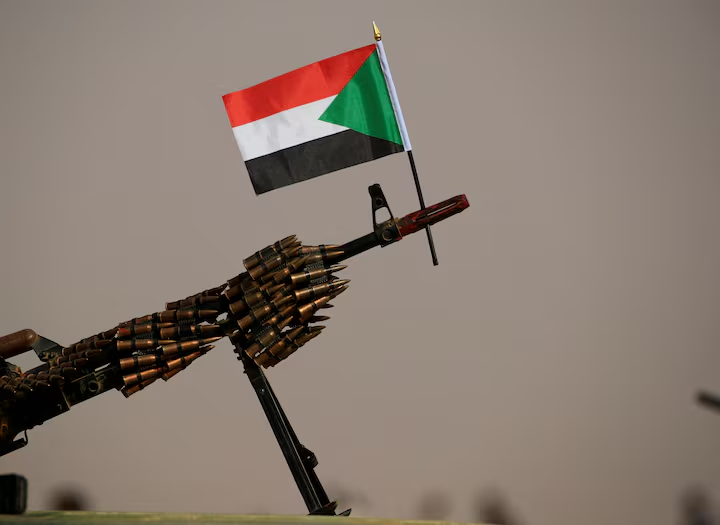Somalilandsun – Somalia hadn’t had a case of polio for nearly six years. But in the past few months, the virus has come back. Now theEast African country has the worst polio outbreak anywhere in the world.
Twenty new cases of polio were reported this week in Somalia by the Global Polio Eradication Initiative. That brings the total number of cases in the Horn of Africa to 73. The rest of the world combined has tallied only 59 cases so far this year.
Health workers areworried that the virus could gain a foothold in the Horn of Africa and jeopardize the multibillion-dollar effort to wipe out the virus worldwide.
Until this recent outbreak, global efforts to eradicate polio appeared to be making remarkable progress. Last year the number of children paralyzed by polio hit a record low at 223. This year it was looking like there were going to be even fewer cases. The last significant pocketsof the virus appeared to be isolated in Afghanistan, Pakistan and Nigeria.
Then in May, a 2-year-old girl in Mogadishu became the first confirmed case of polio in Somalia in more than six years.
The number of polio cases in Somalia is increasing by the day, says Dr. Nasir Yusuf, who leads UNICEF’s immunization efforts in eastern and southern Africa.
Part of the problem, he says, is that the majority of children in Somalia have never been immunized against polio. “We have an outbreak in a population that has been quite vulnerable for quite some time,” Yusuf says. Somalia has the second worst rate of polio vaccination in the world after Equatorial Guinea, according to the World Health Organization.
In response to the current outbreak, there have been five emergency polio immunization campaigns in Somalia since May. The Somali government directs the campaigns, but it doesn’t control or have access to vast swaths of the country. Some of the mostrecent polio cases have occurred in areas that are considered off limits to vaccination teams.
Ado Ibrahim carries his son Aminu through a village in northern Nigeria. Aminu was paralyzed by polio in August. Chasing Down Polio Underscoring the lack of security in the region even for health workers, two health workers with Doctors Without Borders were freed this week after having been held hostage in Somalia for almost two years. The women had been working in the Dadaab refugee camp in Kenya, where eight new polio cases were reported in May.
The current outbreak is forcing governments throughout the region, including parts of the Middle East, to launch supplemental vaccination drives, Yusuf says, because polio is capable of spreading quickly.
“A week after the virus was reported in south central Somalia, one of the viruses got into the Somali refugee camp in the most eastern part of Kenya,” he says. “So that tells you how fast this virus made it.”
The virus reproduces inside the human gut, and many people carry it but show no symptoms. This give the virus the opportunity to travel long distances inside people and then get shed into the environment through feces.
The World Health Organization traced the poliovirus in Somalia to one in West Africa. Nigeria is the only place there where polio is still endemic. Before these cases in the Horn of Africa, the end of the multibillion-dollar effort appeared to be in sight.
The Somali outbreak is now forcing UNICEF, the WHO and other international agencies to dedicate vast resources to boost polio vaccination coverage throughout East Africa and parts of the Middle East. Those are resources that can’t be used to attack the
virus in Afghanistan, Pakistan and Nigeria — which appeared, until now, to be the last few places where polio had a foothold.
Source : npr





























![Somalia: How I silenced the ghosts of war” Ex KDF Sniper KDF spokesman Joseph Owuoth during a press conference at Defence Forces Headquarters in Nairobi. [Boniface Okendo,Standard]](https://i0.wp.com/somalilandsun.com/wp-content/uploads/2025/01/3weEEfVsWimjDyp6nescuDdu3NvvhMEIbD5Dcc9l1.png?resize=100%2C70&ssl=1)





